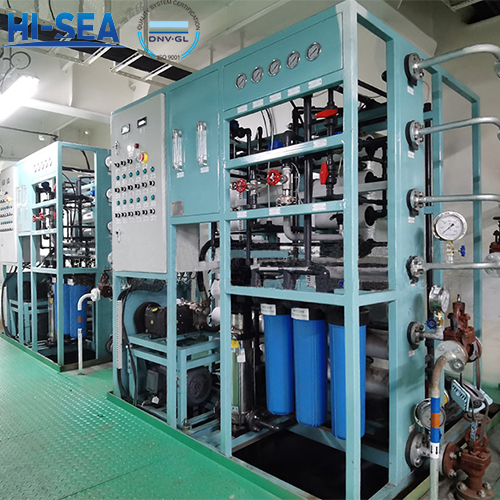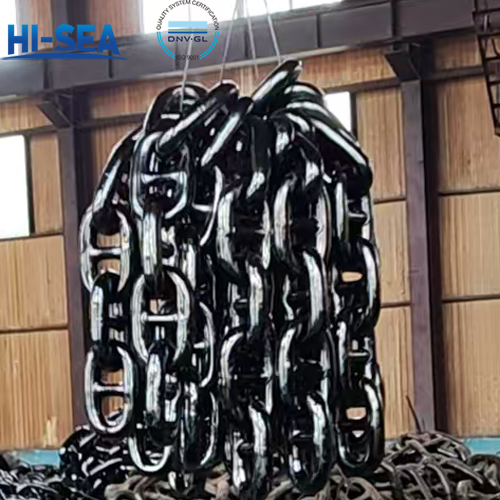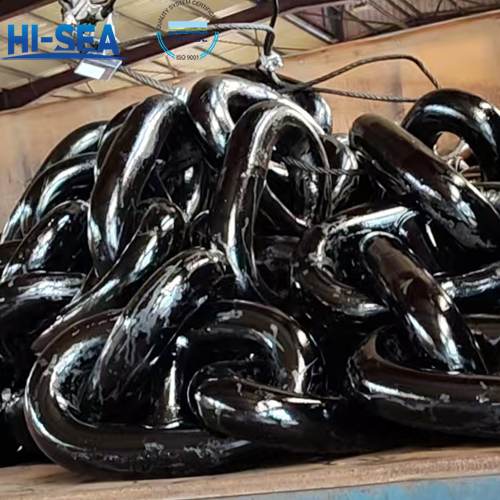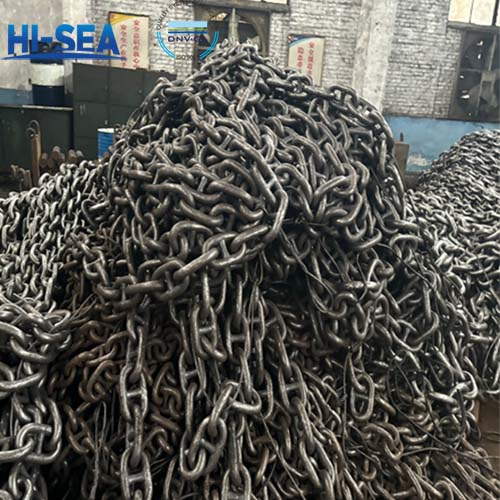
Introduction to the Structure and Principle of Marine Seawater Desalination Devices
Marine desalination plants are equipment specifically designed for use on ships to convert seawater into usable fresh water.
When sailing at sea, both the crew and the operation of the ship require a large supply of fresh water. Marine desalination devices mainly remove salts and impurities from seawater through some technical means, so as to obtain fresh water that meets the requirements of use. It ensures that the ship can have a stable source of fresh water during long-term navigation, and improves the ship's autonomy and endurance.
Overview
Several different principles of seawater desalination
Marine desalination devices mainly have the following common principles:
Reverse osmosis principle: Using a semi-permeable membrane, under pressure, only water molecules are allowed to pass through, while various ions, organic matter, bacteria and other impurities in seawater are blocked on the other side of the membrane, thus achieving seawater desalination.
Distillation principle: By heating seawater to evaporate into steam, and then condensing the steam into fresh water. This method can effectively remove various impurities and salts from seawater.
Principle of electrodialysis: Under the action of an external direct current electric field, the selective permeability of the ion exchange membrane is used to move the cations and anions in seawater to the cathode and anode respectively, so as to achieve the purpose of separating fresh water and concentrating seawater.
At present, the most widely used is the principle of reverse osmosis seawater desalination
Reverse osmosis principle of seawater desalination device structure
Marine seawater desalination devices usually have the following main structures:
Pretreatment system: Including various filters and dosing devices, etc., which is used to remove larger impurities and particulate matters in seawater to prevent damage to subsequent equipment.
High-pressure pump: Provides the required pressure for the reverse osmosis process.
Reverse osmosis membrane module: This is the core component, composed of multiple reverse osmosis membrane elements to achieve the separation of salt and water molecules.
Control unit: It is used to monitor and adjust the operating parameters of the entire device, such as pressure, flow rate, temperature, etc.
Water storage tank: Stores the desalinated fresh water.
Cleaning system: Regularly cleans the reverse osmosis membranes, etc. to maintain their performance.
Different types and specifications of marine seawater desalination devices may have some differences in the specific structure, but basically all include these key parts.
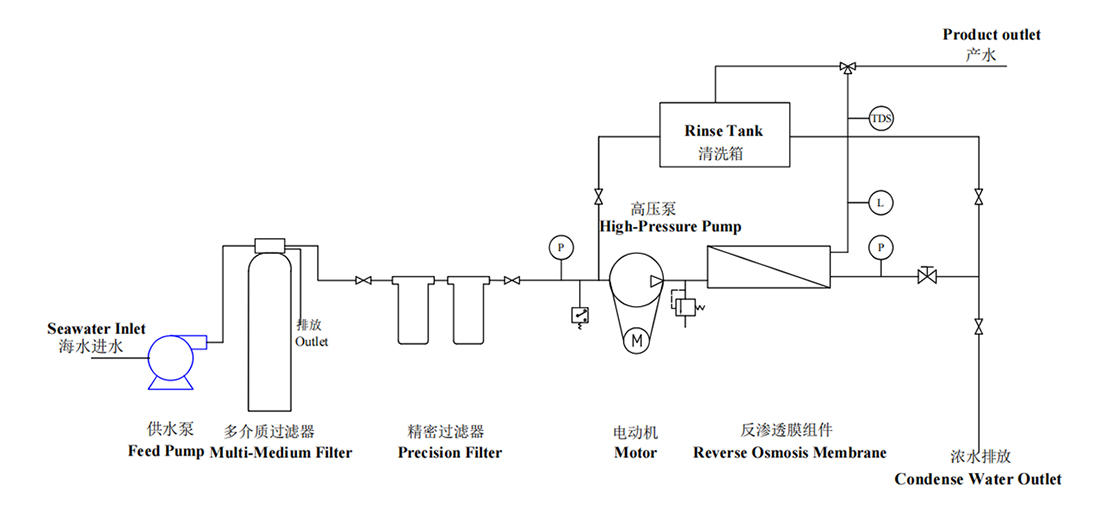
The possible seawater desalination process is as follows:
For example, after the reverse osmosis seawater desalination device operates, the feed water pump transports seawater to the filter containing multiple media. The seawater is initially purified by the pretreatment system, and then the high-pressure pump pressurizes and pushes the seawater to the reverse osmosis membrane module. After the separation by the membrane, the fresh water enters the water storage tank, while the concentrated water is discharged or undergoes energy recovery treatment. Through the precise regulation of the control unit, the reverse osmosis membrane module is cleaned when necessary.
Conclusion
The above is the entire content of this article. In the article, we have detailedly introduced to you the structure and principles of marine seawater desalination device. We hope that through this article, it can help you choose the marine seawater desalination device.
Finally, if you have the need for procurement, you are welcome to visit our marine seawater desalination device homepage or contact us at any time! Thank you again for your browsing!

